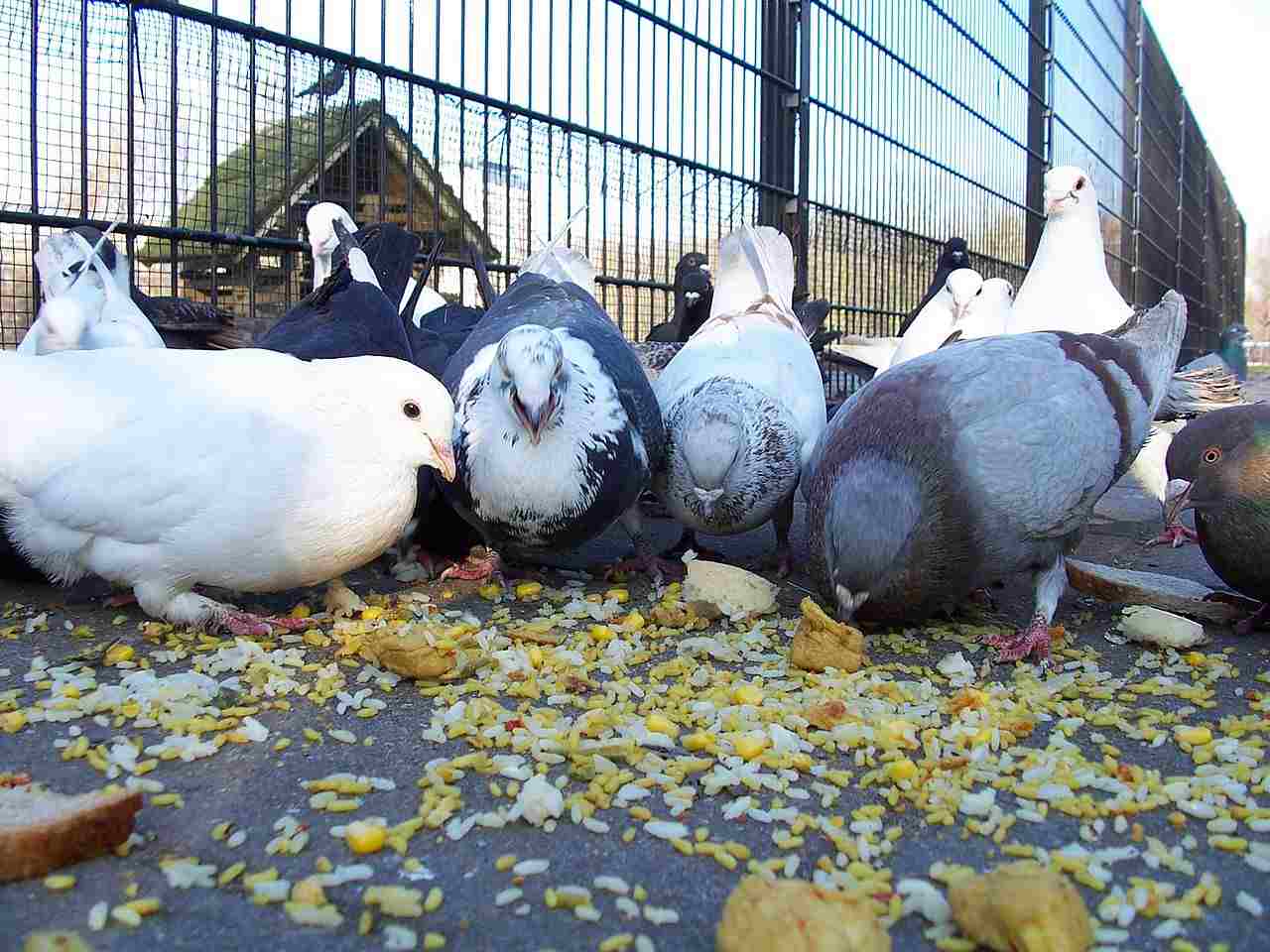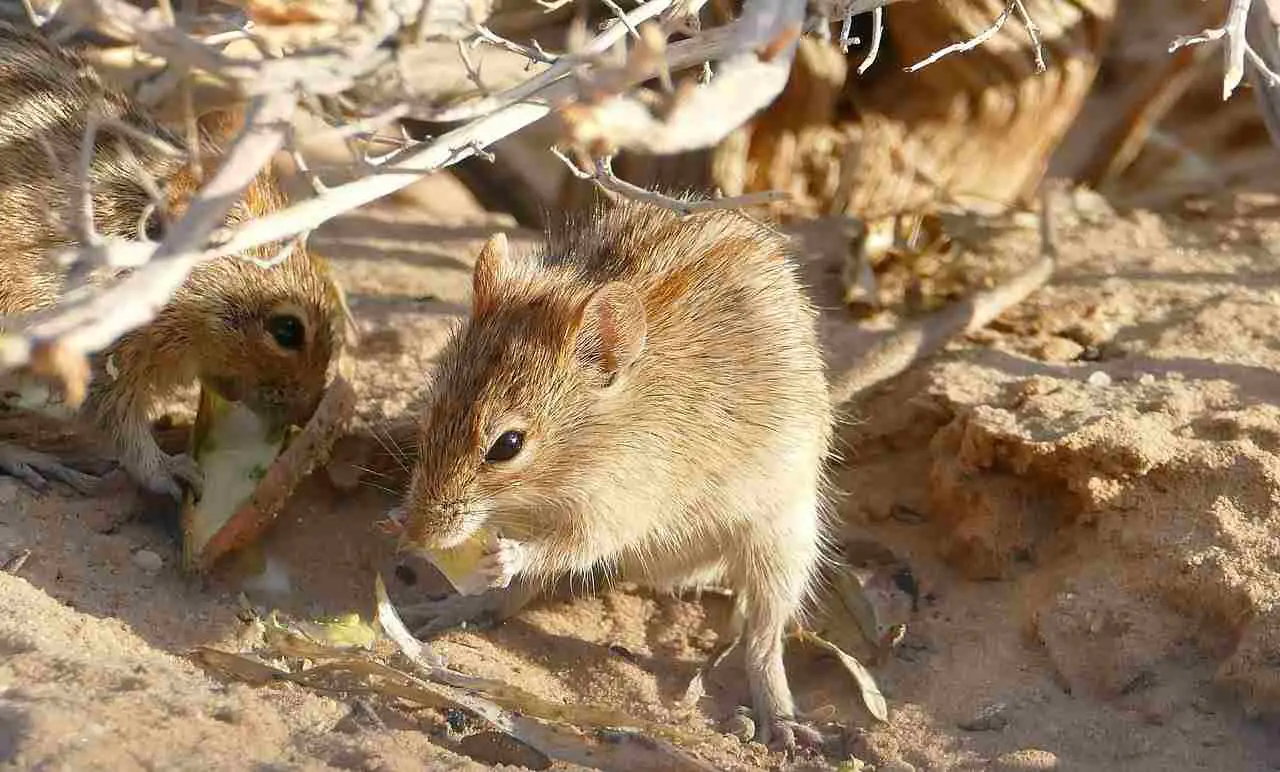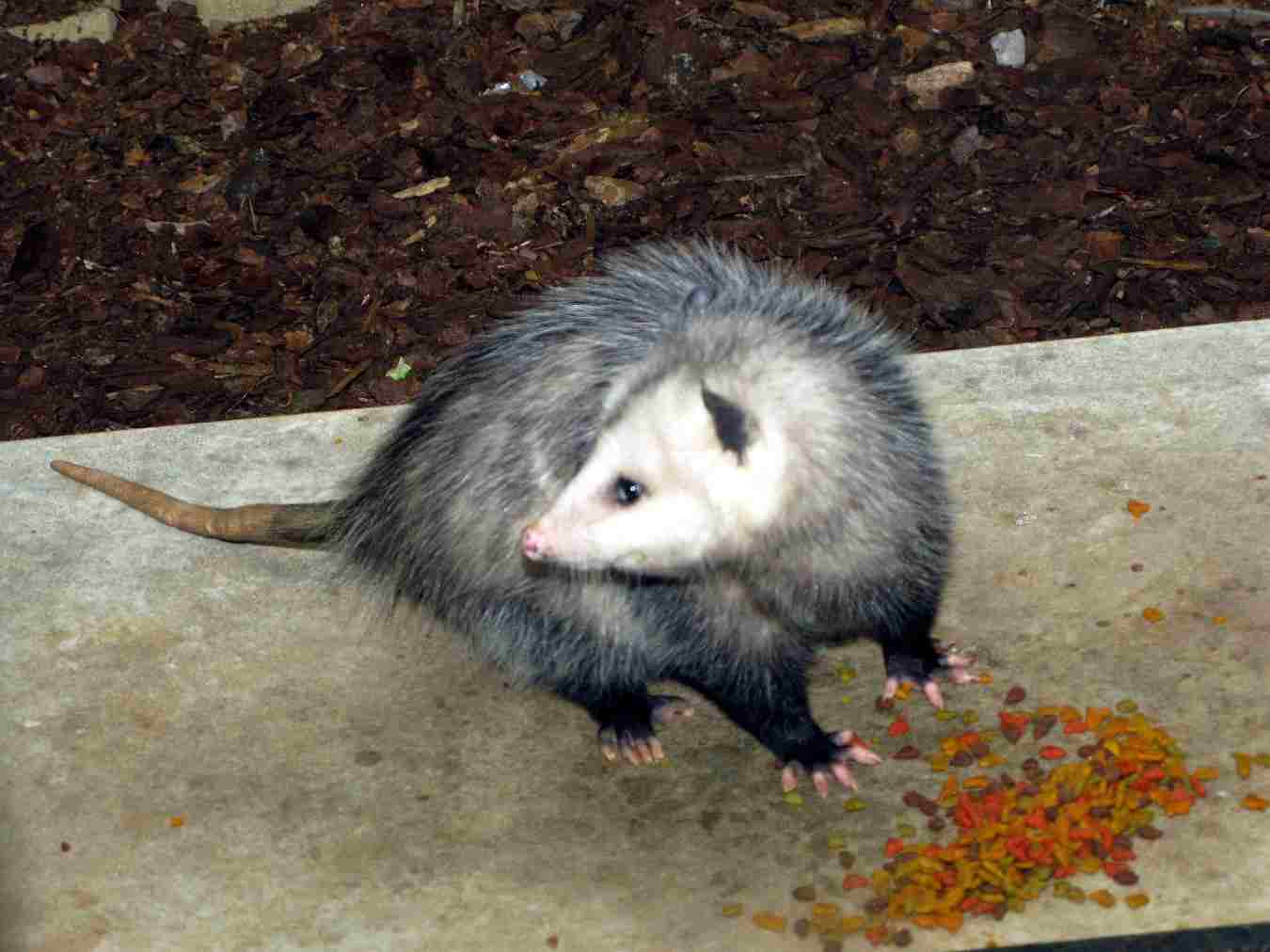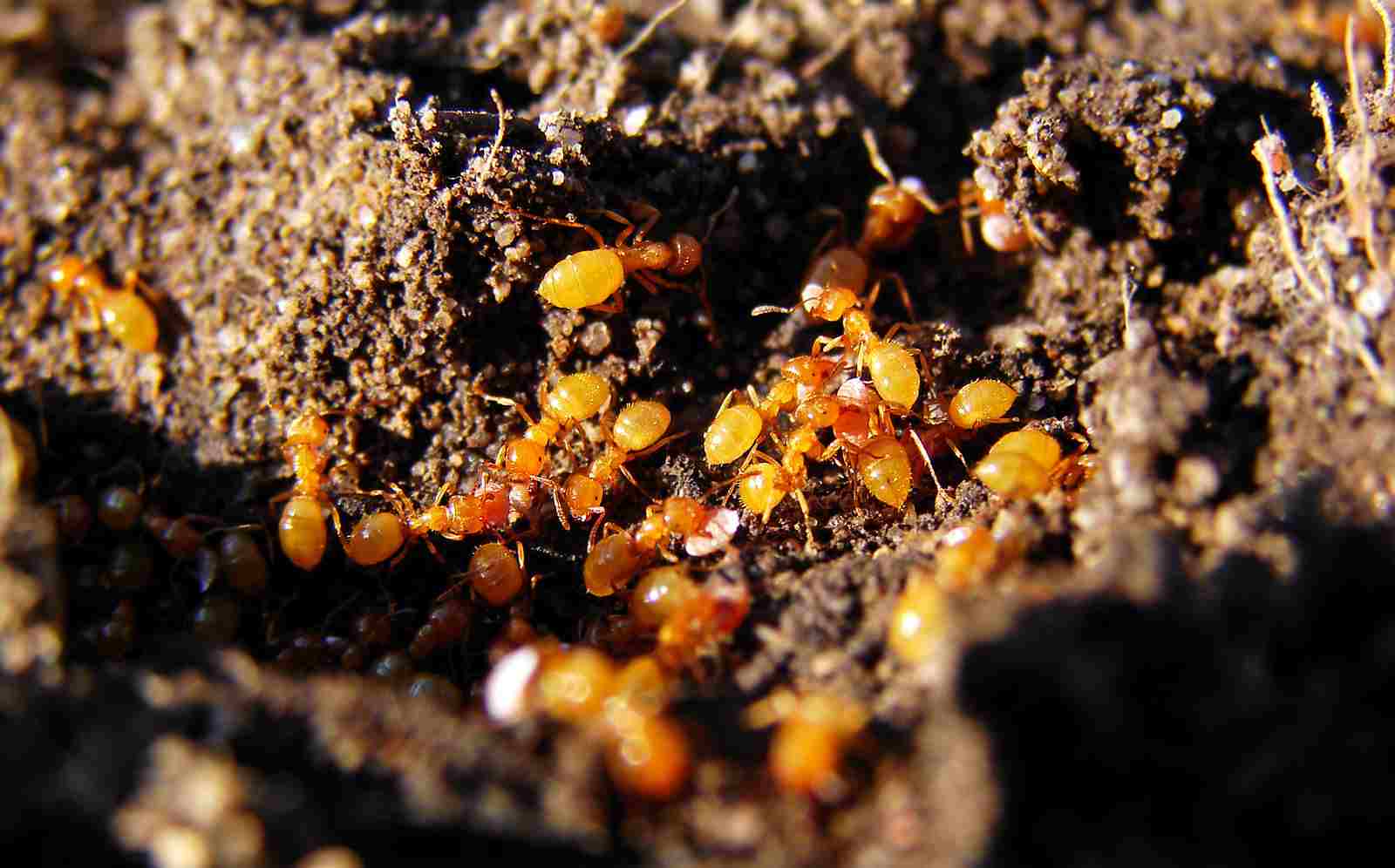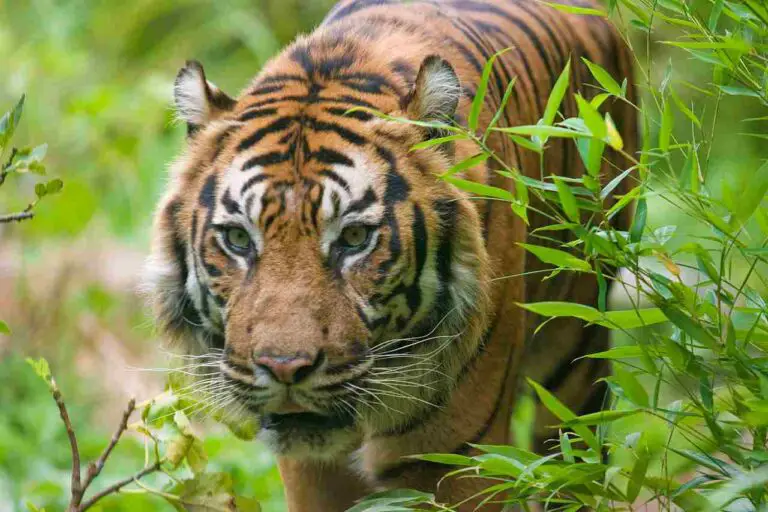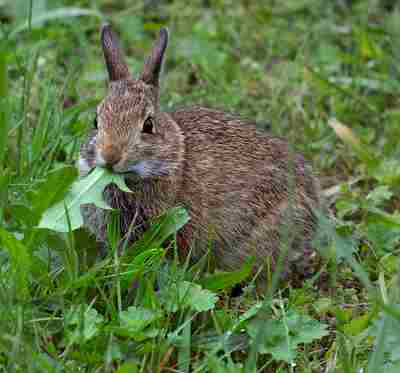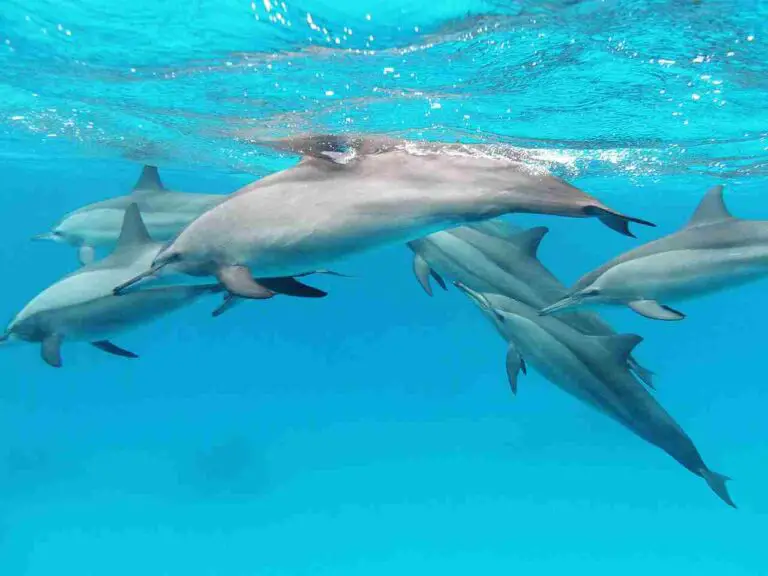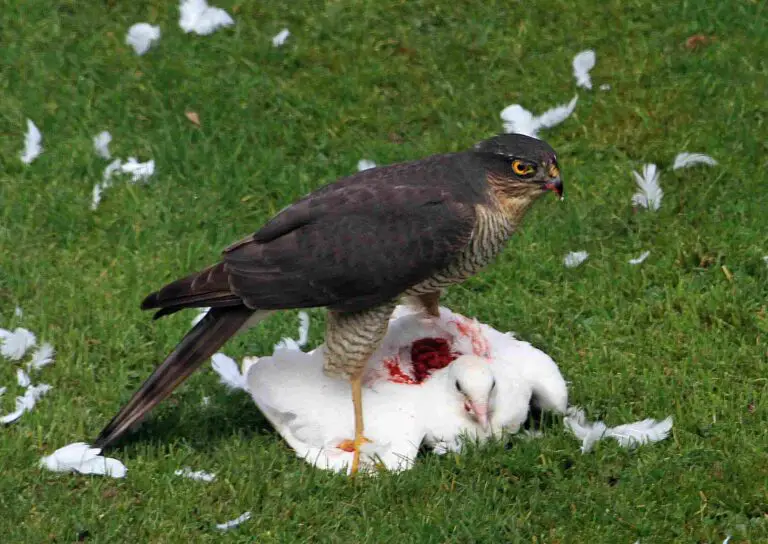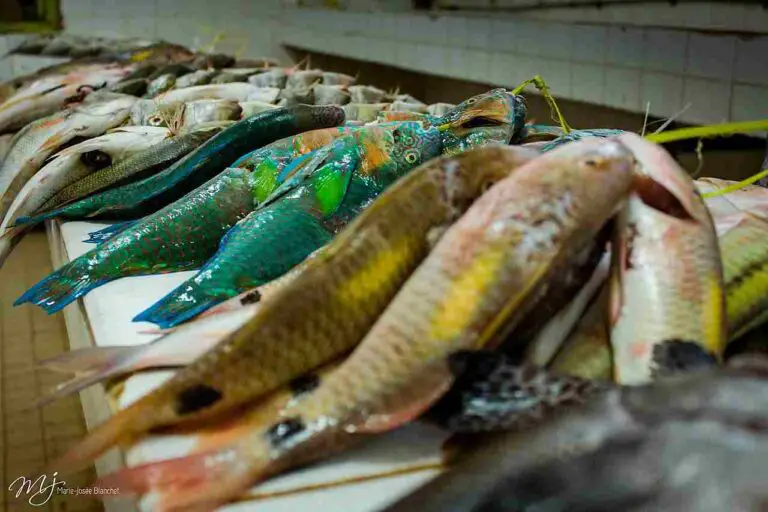Is a Pigeon a Consumer? Investigating the Trophic Role of Pigeons
A pigeon is a consumer because it relies on other organisms as a food source for its survival. Pigeons are omnivorous, meaning they consume both plant and animal matter. They have a diverse diet that includes seeds, grains, fruits, insects, and small invertebrates. As consumers, pigeons play an important role in the ecosystem by helping to control populations of certain organisms and dispersing seeds through their droppings.
While pigeons are not producers or decomposers, they are considered primary consumers due to their relatively small size and trophic impact. They primarily feed on plants, making them an integral part of the producer-driven food chain.
Is a Pigeon a Producer, Consumer or Decomposer?
A pigeon is classified as a consumer rather than a producer or decomposer. This is because pigeons are not autotrophic, meaning they do not produce their own food through photosynthesis or other means. Instead, they rely on other organisms as a food source for their survival. Pigeons have a diverse diet that includes seeds, grains, fruits, insects, and small invertebrates.
Pigeons are also not considered decomposers. Decomposers are organisms that break down dead organic matter, such as dead plants and animals, into simpler substances. Pigeons do not possess the characteristics of saprophytic organisms that are typically associated with decomposers.
Furthermore, pigeons are not detritivores, which are organisms that feed on decaying organic matter. They do not play a role in the decomposition process by consuming dead plant or animal material.
Why Pigeons are Not Producers
1. They are Heterotrophic
Pigeons, like other animals, are heterotrophic organisms. This means that they cannot produce their own food through photosynthesis like plants do. Instead, pigeons rely on consuming organic matter for their energy and nutrients. They obtain their food by feeding on plant materials such as seeds and grains.
Being heterotrophic is one of the key reasons why pigeons are not considered producers. Producers, such as plants, have the ability to convert sunlight into energy through photosynthesis and produce their own food. Pigeons, on the other hand, must obtain their energy by consuming the organic matter produced by plants or other organisms.
In simpler terms, pigeons are consumers because they rely on consuming other organisms for their survival. They do not have the ability to produce their own food like plants do. This distinction between producers and consumers is important in understanding the trophic role of pigeons in ecosystems. By consuming plant materials, pigeons play a vital role as primary consumers in the food chain.
2. Pigeons Feed On Producers
Pigeons feed on producers, specifically plant materials such as seeds and grains. This dietary preference further emphasizes their role as consumers rather than producers. Unlike plants, which have the ability to produce their own food through photosynthesis, pigeons rely on consuming organic matter for their energy and nutrients. By feeding on plant materials, pigeons obtain the necessary sustenance to survive and thrive.
This feeding behavior highlights the heterotrophic nature of pigeons, as they depend on consuming other organisms for their survival. They do not possess the ability to convert sunlight into energy like plants do. Instead, pigeons must rely on the organic matter produced by plants or other organisms to meet their energy requirements.
Therefore, pigeons are consumers because they rely on consuming producers, such as plants, for their sustenance.
3. Higher Biological Complexity Than Producers
Pigeons are not producers due to their higher biological complexity compared to plants. Unlike plants, which have the ability to produce their own food through photosynthesis, pigeons rely on consuming organic matter for their energy and nutrients. This distinction in biological complexity is a key factor in categorizing pigeons as consumers rather than producers.
Plants, with their simple cellular structure and ability to convert sunlight into energy, are considered primary producers in ecosystems. They play a crucial role in the food chain by synthesizing organic compounds that serve as a source of energy for other organisms. Pigeons, on the other hand, lack the ability to produce their own food and must obtain it from external sources.
The higher biological complexity of pigeons is evident in their specialized digestive system, which allows them to break down and extract nutrients from plant materials. Their digestive system is adapted to process the complex carbohydrates found in seeds and grains, enabling them to derive energy from these sources. This further emphasizes their role as consumers rather than producers.
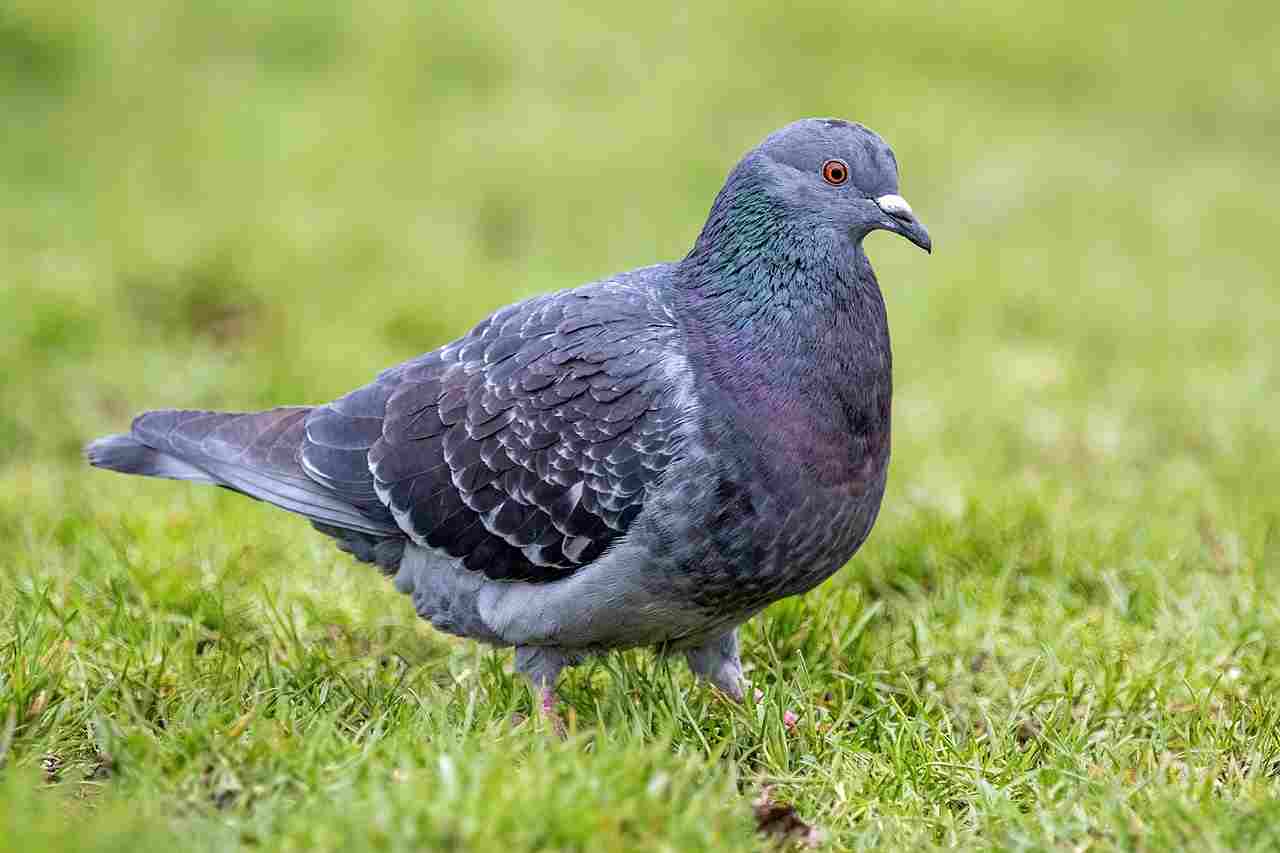
Why Pigeons are Not Decomposers
1. Non-Saprophytic Characteristics
Pigeons do not play a central or active role in the process of biodegradation. Unlike organisms such as earthworms, shrimp, termites, and millipedes, pigeons do not contribute significantly to the decomposition of organic matter. This is due to their non-saprophytic characteristics.
Saprophytic organisms, such as fungi and bacteria, are essential decomposers in ecosystems. They break down dead organic material and recycle nutrients back into the environment. Pigeons, on the other hand, primarily rely on a plant-based diet and do not possess the specialized adaptations necessary for decomposing organic matter.
While pigeons may occasionally scavenge on carrion or consume small invertebrates, their overall impact on the decomposition process is minimal. Their feeding habits and digestive system are not optimized for breaking down and processing dead organic material.
2. Pigeons are Not Detritivores
Pigeons differ from organisms like earthworms, shrimp, termites, and millipedes, which play a crucial role in the decomposition of organic matter. Unlike these saprophytic organisms, pigeons do not possess the necessary characteristics to actively contribute to the biodegradation process. This means that pigeons are not detritivores.
Detritivores are organisms that feed on dead organic material, breaking it down and recycling nutrients back into the environment. While pigeons may occasionally scavenge on carrion or consume small invertebrates, their overall impact on the decomposition process is minimal. Pigeons primarily rely on a plant-based diet and lack the specialized adaptations required for efficiently decomposing organic matter.
Their feeding habits and digestive system are not optimized for breaking down and processing dead organic material. Instead, pigeons are better classified as consumers, specifically as primary consumers. They obtain most of their food from plant matter, making them omnivores rather than obligate herbivores.
What Type of Consumer is a Pigeon?
Pigeons are classified as primary consumers due to their feeding habits and trophic impact. While they primarily consume plant matter, they are not obligate herbivores and have an omnivorous diet. This means that pigeons also consume small invertebrates and occasionally scavenge on carrion.
As primary consumers, pigeons play a crucial role in the food chain by obtaining energy and nutrients from producers, such as plants. Their relatively small size and trophic impact make them less prominent predators compared to higher-level consumers. Pigeons do not have the hunting capabilities or specialized adaptations required to be considered prominent predators.
The plant-dominated diet of pigeons further supports their classification as primary consumers. They rely on a variety of plant materials, including seeds, grains, fruits, and vegetation. Pigeons have a unique ability to digest and process plant matter efficiently, allowing them to extract the necessary nutrients from their diet.
In terms of trophic relationships, pigeons occupy an important position in the food web. They serve as a link between producers and higher-level consumers, transferring energy and nutrients from plants to other organisms. By consuming plant matter, pigeons contribute to the regulation of plant populations and the dispersal of seeds, playing a vital role in ecosystem dynamics.
It is important to note that while pigeons are primary consumers, they do not solely rely on plant matter for their nutritional needs. Their omnivorous diet allows them to adapt to different food sources depending on availability. This flexibility in diet is advantageous for pigeons, as it increases their chances of survival in various environments.
Why Pigeons are Primary Consumers
1. Relatively Small Size and Trophic Impact
Pigeons are relatively small compared to vultures, seabirds, and eagles. This size difference is an important factor in determining their trophic role as primary consumers. In ecological terms, primary consumers are organisms that directly feed on producers, such as plants. Pigeons, with their smaller size, have a lower trophic impact compared to larger predators like hawks or owls.
Their smaller size limits the amount of energy they can obtain from their diet, which consists mainly of plant material. Pigeons primarily feed on seeds, grains, fruits, and other plant matter, making them herbivores. Their diet is predominantly plant-based, further supporting their classification as primary consumers.
By consuming plant material, pigeons play a crucial role in seed dispersal and plant reproduction. They help in the distribution of seeds, aiding in the growth and survival of various plant species. This interaction between pigeons and plants highlights their importance as primary consumers in ecosystems.
2. Pigeons are Not Prominent Predators
Pigeons are not prominent predators like hawks, eagles, or owls, which occupy higher trophic levels as secondary and tertiary consumers. Instead, pigeons are more likely to fall prey to these consumers, making them primary consumers in the food chain.
Unlike predatory birds that hunt and feed on other animals, pigeons primarily consume plant-based materials such as seeds, peas, and grains. Their diet consists mainly of plant matter, which further supports their classification as primary consumers.
As primary consumers, pigeons play a vital role in ecosystems by helping to disperse seeds and facilitate plant reproduction. By consuming plant material and then dispersing the seeds through their droppings, pigeons contribute to the growth and survival of various plant species.
3. Plant-Dominated Diet
Pigeons have a plant-dominated diet, which further supports their classification as primary consumers. While they are omnivores and may consume some animal-based materials, such as insects or meat, their diet primarily consists of plant-based materials like seeds, peas, and grains. This preference for plant matter aligns with the characteristics of primary consumers.
As primary consumers, pigeons play a crucial role in ecosystems by contributing to the dispersal of seeds and facilitating plant reproduction. When pigeons consume plant material, they also ingest the seeds present in their food. These seeds are then dispersed through the pigeons’ droppings, allowing them to be spread to new locations. This process aids in the growth and survival of various plant species, making pigeons important agents of seed dispersal.
By focusing on a plant-dominated diet, pigeons demonstrate their trophic role as primary consumers. Their feeding habits and the ecological services they provide highlight their significance in maintaining the balance and diversity of ecosystems.
What Do Pigeons Eat?
Pigeons have a diverse diet that includes a variety of food sources. They are omnivorous and versatile in their feeding habits, allowing them to adapt to different environments and food availability. Pigeons primarily consume seeds, grains, peas, vegetables, berries, insects, bread, and even meat.
The consumption of seeds is a significant part of a pigeon’s diet. Seeds provide essential nutrients and energy for their survival and growth. Pigeons are known to feed on a wide range of seeds, including those from plants like sunflowers, corn, and wheat. Their ability to consume and digest seeds makes them important agents in seed dispersal, contributing to the spread and survival of various plant species.
In addition to seeds, pigeons also consume grains such as barley, oats, and rice. These grains provide a source of carbohydrates and other nutrients necessary for their daily energy requirements. Pigeons are often seen foraging in fields or near grain storage areas, taking advantage of the abundance of grains.
Vegetables and berries are also part of a pigeon’s diet. They may feed on vegetables like lettuce, spinach, and peas, as well as berries such as strawberries and blueberries. These plant-based foods provide pigeons with additional vitamins and minerals, contributing to their overall health and well-being.
While pigeons are primarily herbivorous, they are also opportunistic feeders and may consume insects when available. Insects like beetles, ants, and caterpillars can be a valuable source of protein for pigeons, especially during breeding seasons when they require additional nutrients for egg production and chick rearing.
Pigeons are known to scavenge for food in urban areas, and bread is often a common food source for them. However, it is important to note that bread should not be the sole or primary component of a pigeon’s diet, as it lacks the necessary nutrients for their optimal health.
Occasionally, pigeons may also consume small amounts of meat, such as insects or small vertebrates. However, meat is not a significant part of their diet and is consumed infrequently.
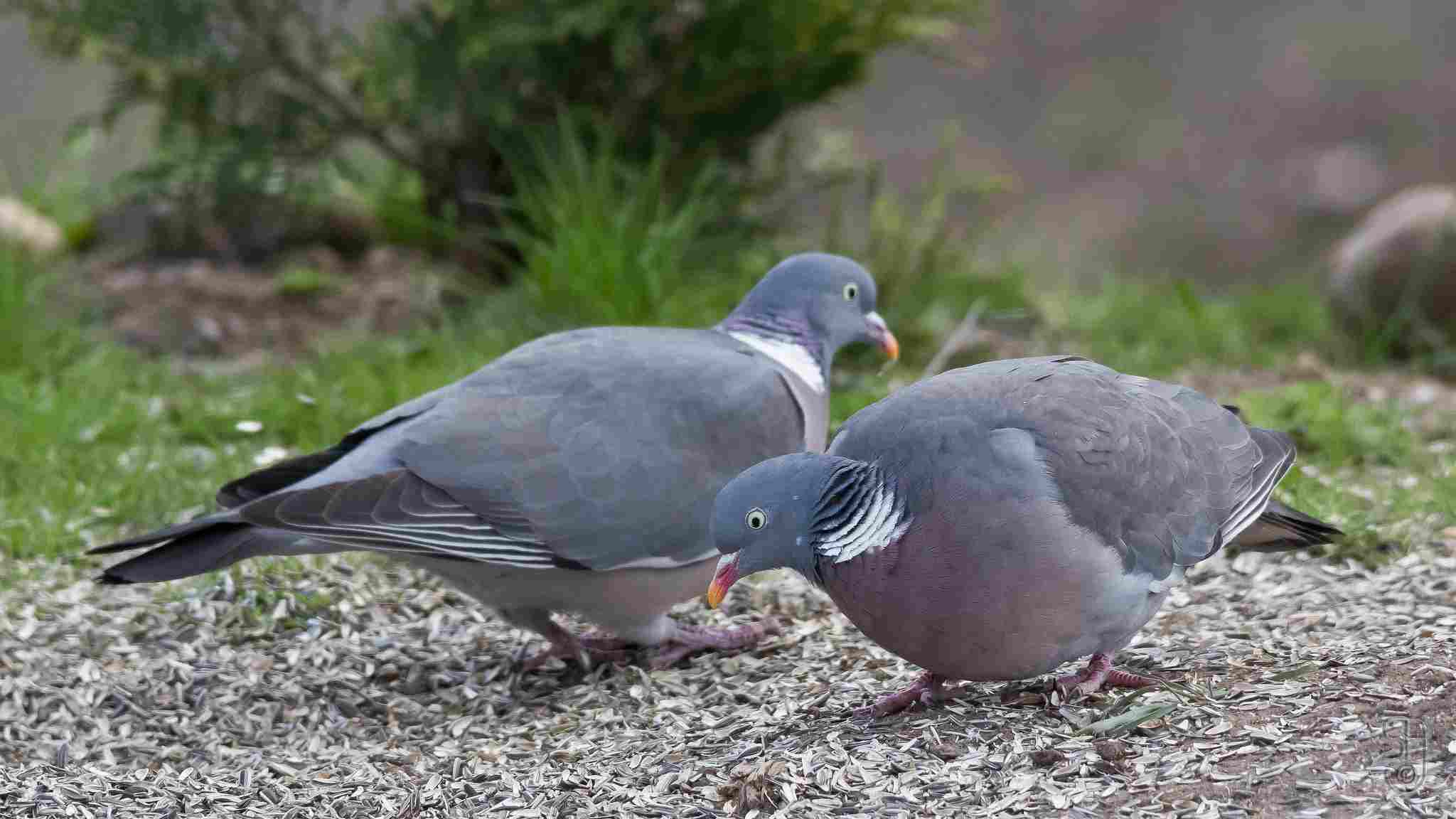
Conclusion
* In this article, we have explored the trophic role of pigeons and investigated whether they can be classified as producers, consumers, or decomposers.
* We have discussed why pigeons are not producers, highlighting their heterotrophic nature, their reliance on consuming producers, and their higher biological complexity compared to producers.
* Additionally, we have examined why pigeons are not decomposers, emphasizing their non-saprophytic characteristics and their lack of detritivore behavior.
* Finally, we have explored the type of consumer that pigeons are, focusing on their role as primary consumers due to their relatively small size and trophic impact, their non-prominent predator status, and their plant-dominated diet.
* Overall, it is clear that pigeons play a vital role as consumers in various ecosystems, contributing to seed dispersal and maintaining a balanced trophic structure.
FAQs
1. Is a Pigeon a Consumer or Producer?
Pigeons are classified as consumers rather than producers. Unlike producers, such as plants, pigeons cannot manufacture their own food through photosynthesis. Instead, they rely on consuming other organisms for their energy and nutrients.
Pigeons are heterotrophic, meaning they obtain their energy by consuming organic matter. They feed on producers, such as seeds, grains, fruits, and vegetation. Their diet consists mainly of plant material, making them primary consumers in the food chain.
Unlike decomposers, pigeons do not play a role in breaking down dead organic matter. They do not possess the characteristics of saprophytic organisms and are not detritivores. Instead, they primarily consume living plant material.
2. Is a Bird a Producer or Consumer?
Birds, including pigeons, are classified as consumers rather than producers. They do not have the ability to produce their own food through photosynthesis like plants. Instead, birds rely on consuming other organisms for their energy and nutrients.
Birds, including pigeons, are heterotrophic, meaning they obtain their energy by consuming organic matter. They feed on a variety of organisms, including insects, seeds, fruits, and vegetation. Their diet consists mainly of plant material, making them primary consumers in the food chain.
Unlike decomposers, birds do not play a role in breaking down dead organic matter. They do not possess the characteristics of saprophytic organisms and are not detritivores. Instead, they primarily consume living organisms for sustenance.
3. Is a Pigeon a Secondary Consumer?
Pigeons are not considered secondary consumers. Instead, they are classified as primary consumers in the food chain. As primary consumers, pigeons primarily feed on plant material such as seeds, fruits, and vegetation. Their diet consists mainly of plant matter, making them an important link between producers (plants) and higher-level consumers.
Unlike secondary consumers, which typically feed on other animals, pigeons do not have a prominent role as predators in the ecosystem. Their relatively small size and trophic impact further support their classification as primary consumers.
